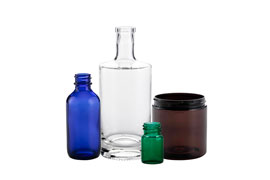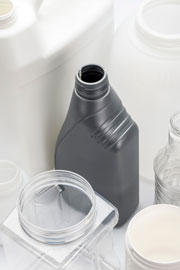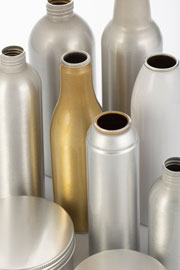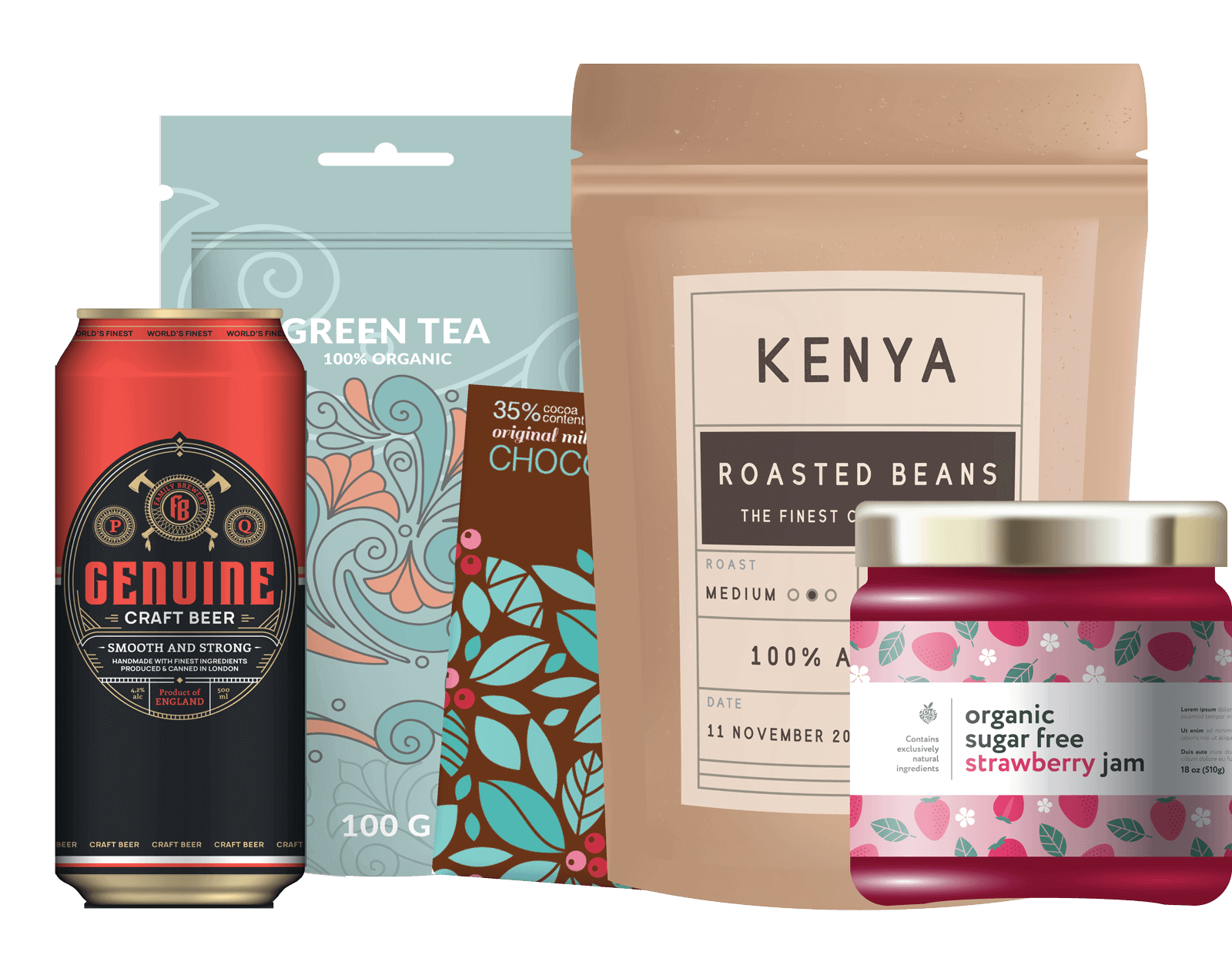Why Go Green?
Across the globe, consumers are seeking eco-friendly products from their favorite brands and manufacturers. A 2018 Nielsen report found that in every geographic area studied, the majority of consumers are extremely or very concerned about packaging waste. Additionally, 31% of the general population agrees they are less concerned with the price of a product if it’s made by a company that is mindful of its impact on the environment, according to a 2017 Natural Marketing Institute study.
With such a high demand for eco-friendly products, you may be asking yourself where to start. Packaging is often the first interaction consumers have with your product, so it is important to communicate your brand’s values and commitment to the environment through your packaging and labeling. Below, we’ve outlined the eco-friendly side of 3 common packaging solutions.
Glass Packaging
Glass is a perennial favorite for packaging for many reasons. Primarily, glass is infinitely recyclable and free of harmful chemicals and additives.
The process to recycle and reuse glass can be fast, as it can take as little as 30 days for a glass container to go from recycling bin to store shelf. Glass also has a high success rate for recycling – 80% of glass that is recovered through recycling is made into new glass products.

Glass is used across a broad array of product categories, including food and beverage, pharmaceutical, health and beauty and more! Learn more about MJS Packaging’s glass capabilities and products here.
Eco-Friendly Plastics
Plastic can get a bad rap when it comes to sustainability, but did you know there are thousands of different types of plastic? Not all plastics take a significant toll on the environment.
First, there is Post-Consumer Resin (PCR), which is the product of recycled consumer waste. Not only is PCR attractive to environmentally-minded consumers, studies show that using recycled resins results in significant savings in energy and greenhouse gas emissions. Many plastic containers can now be made with 100% PCR.

Second, there are bio-based plastics, such as those derived from sugarcane. Sugarcane polyethylene is used as the basis for bio-based alternatives to HDPE (commonly used for bottles, jars, and closures) and LDPE (commonly used for tubes). These bio-plastics are 100% recyclable.
In addition, the process of “lightweighting,” or using less raw material to make a product, is a common practice with traditional plastics. This process allows manufacturers to save on raw materials while producing less waste at the same time.
Plastic containers and closures come in various options in terms of size, shape, capacity, and color and are used in virtually every industry. Learn more about our plastic packaging solutions here.
Metal Packaging
Like glass, metal is another material that can be recycled an infinite number of times without losing its essential properties. After their initial product use, both steel and aluminum are ground up and cleaned to make scrap metal, which is ready to go into a melting furnace to be repurposed. Metal containers are most commonly used in the food and beverage, personal care, and industrial markets.

MJS Packaging Solutions
Now is the right time to make the switch to using green packaging. For more information regarding eco-friendly packaging options and customizations, contact one of our knowledgeable packaging solutions specialists today. Contact us online or call us at (800) 915-2262 to get started.

